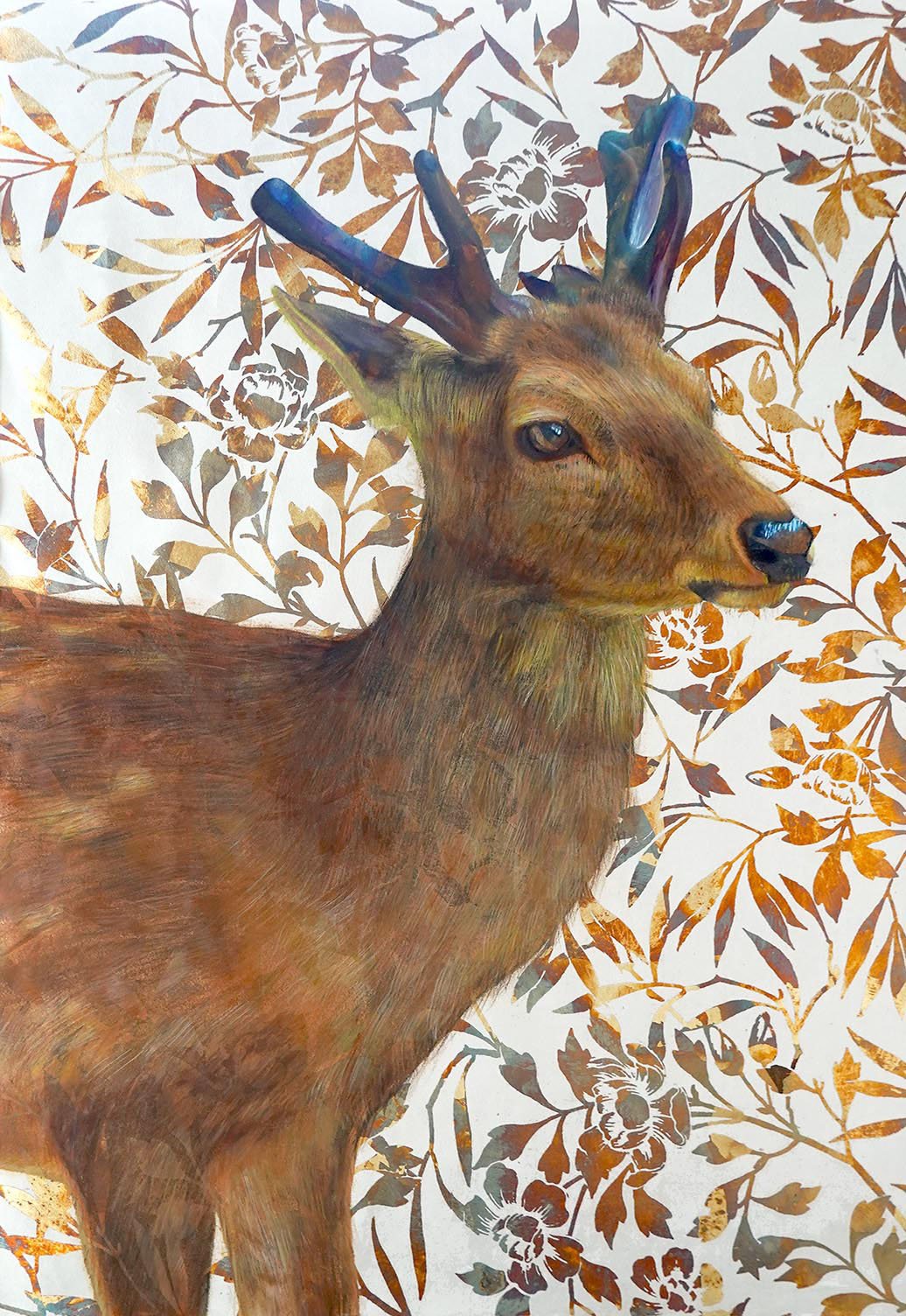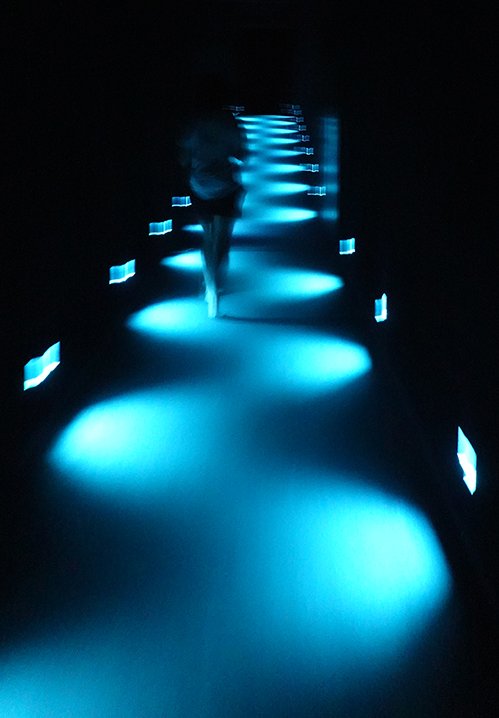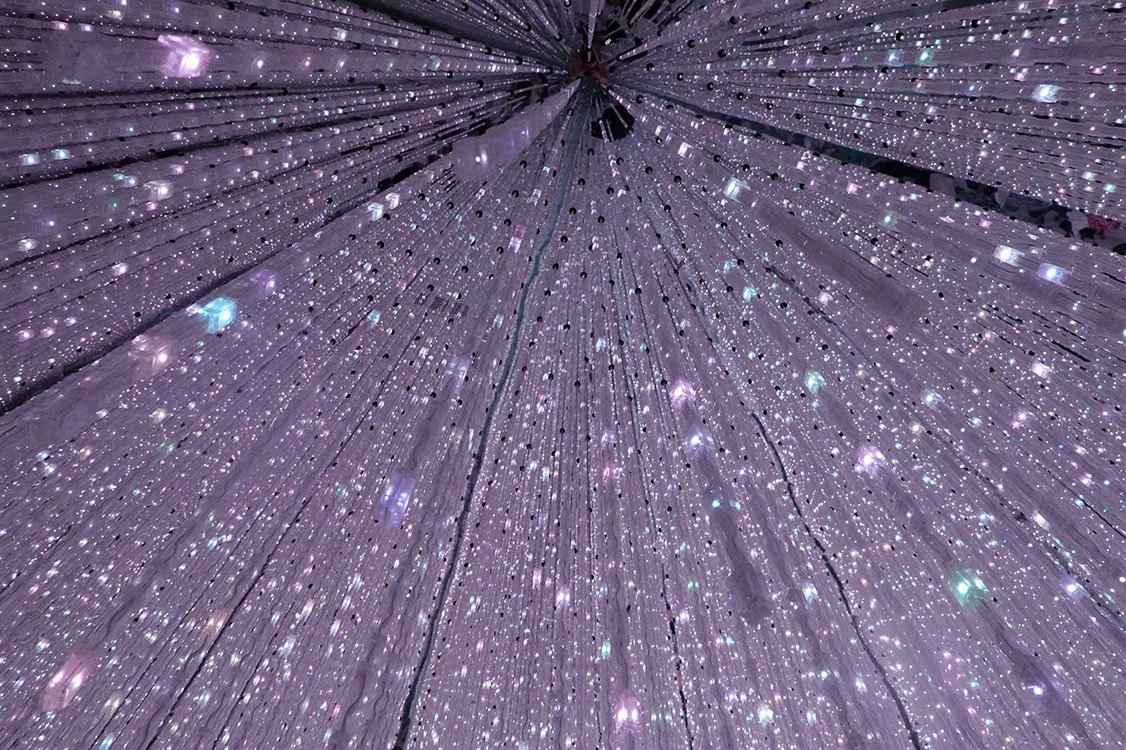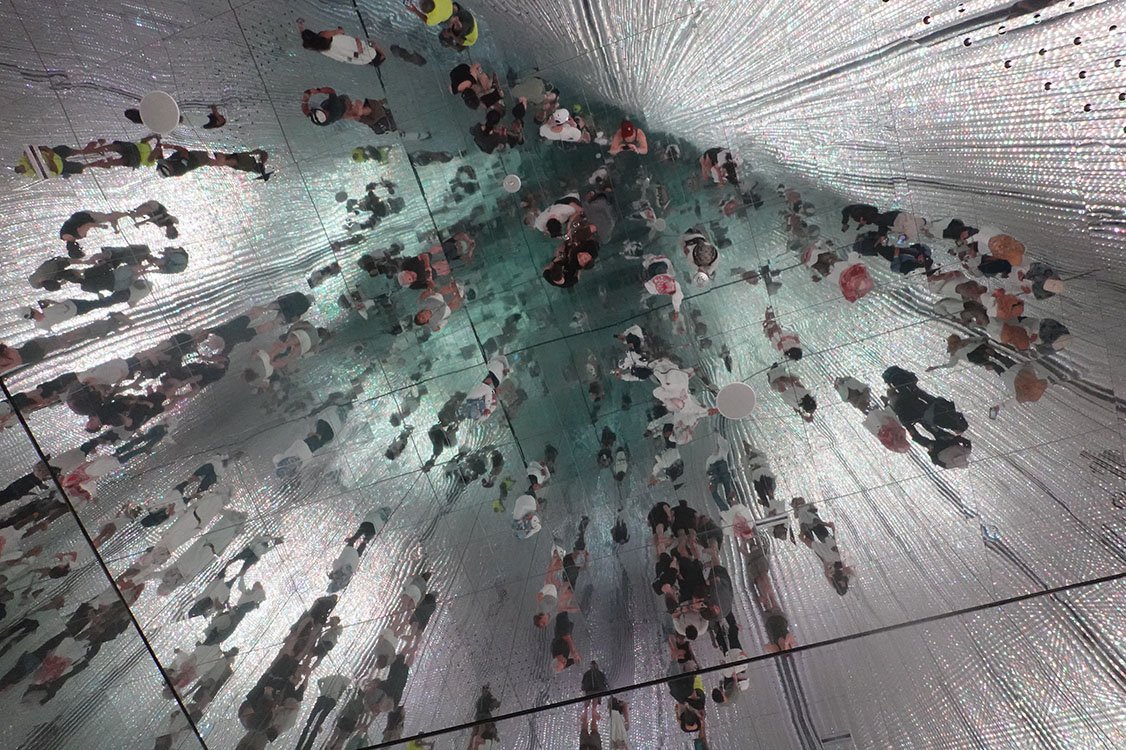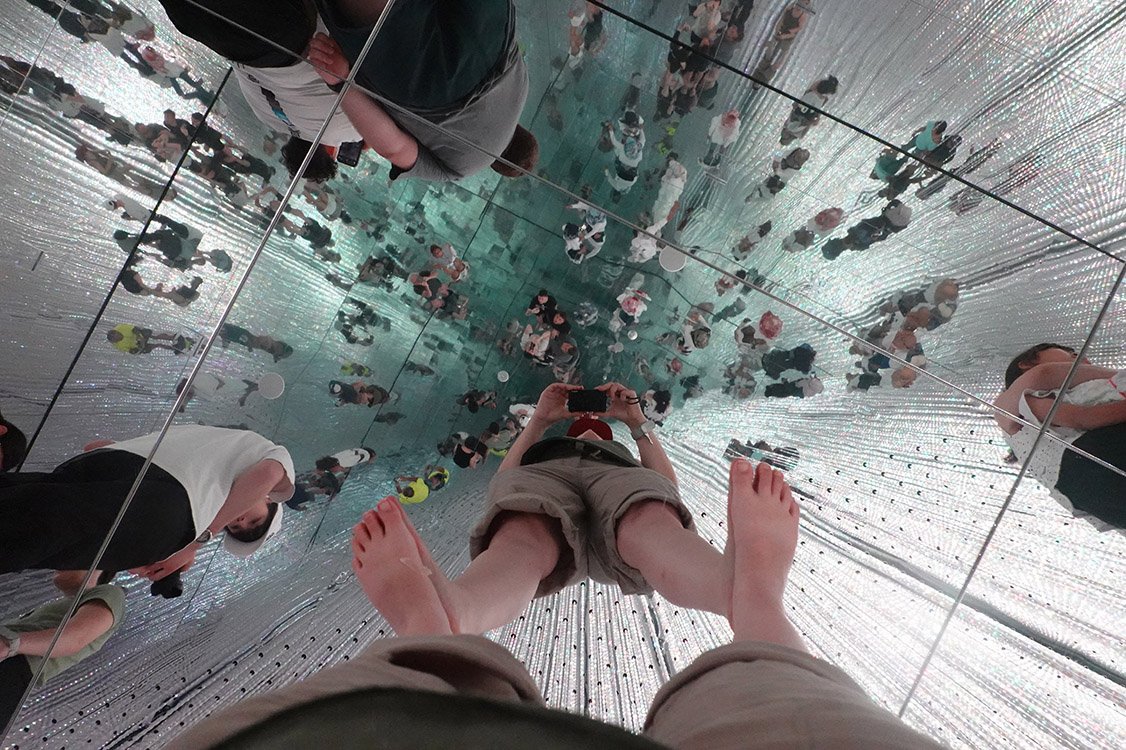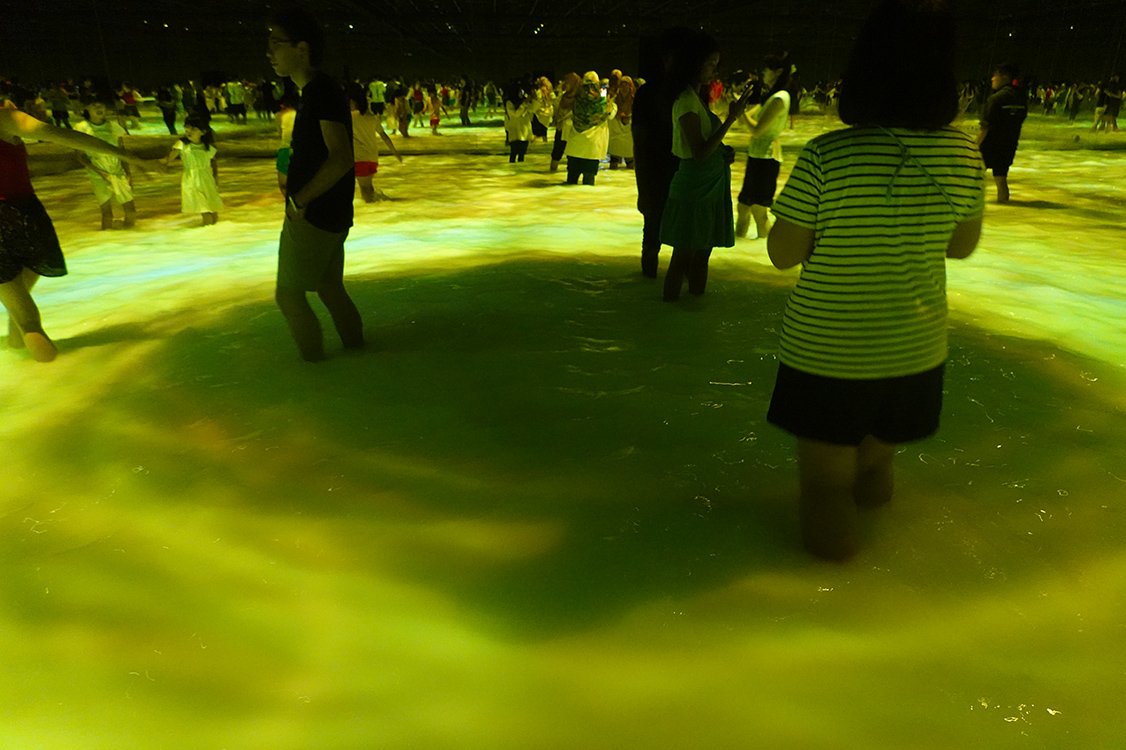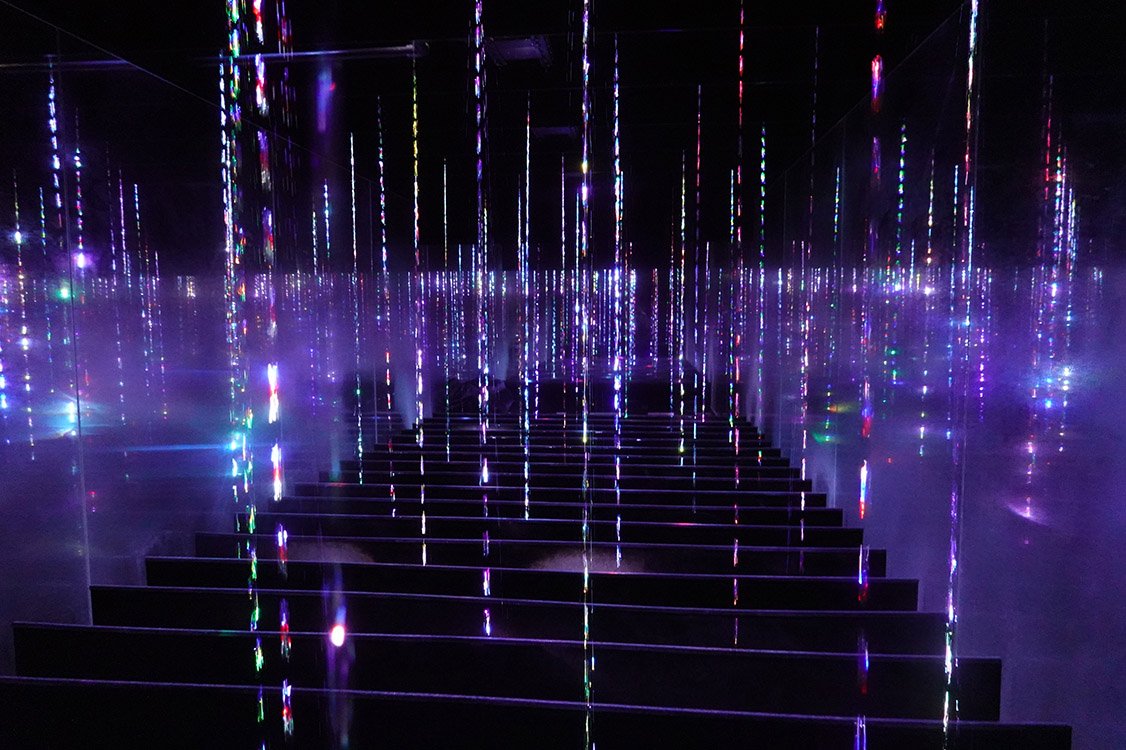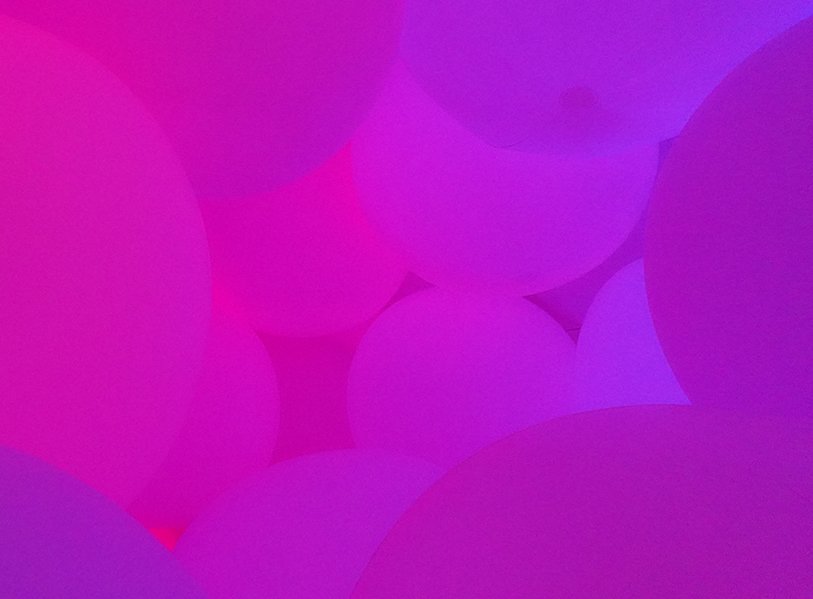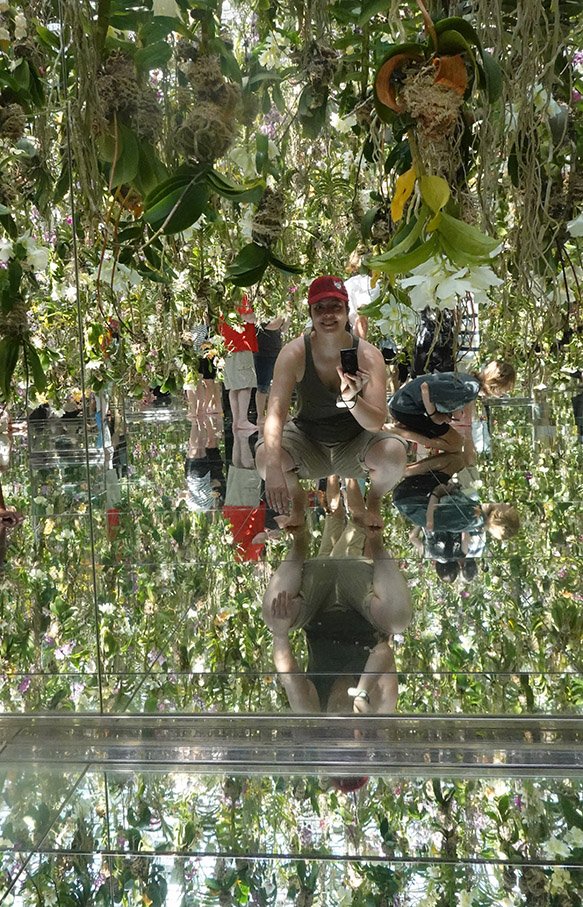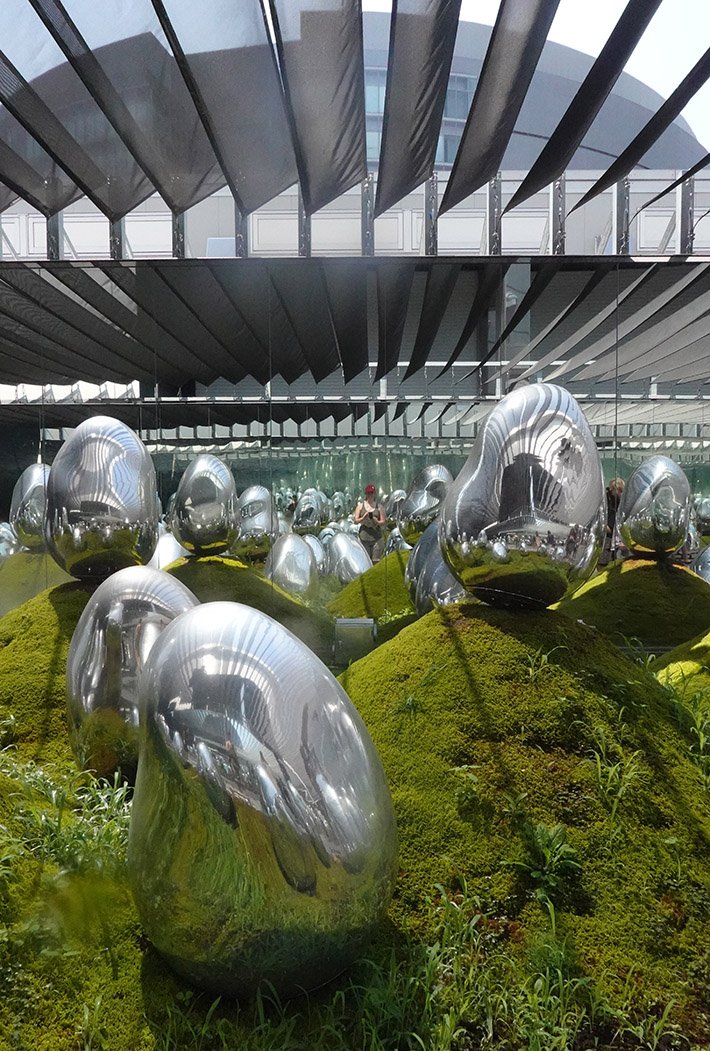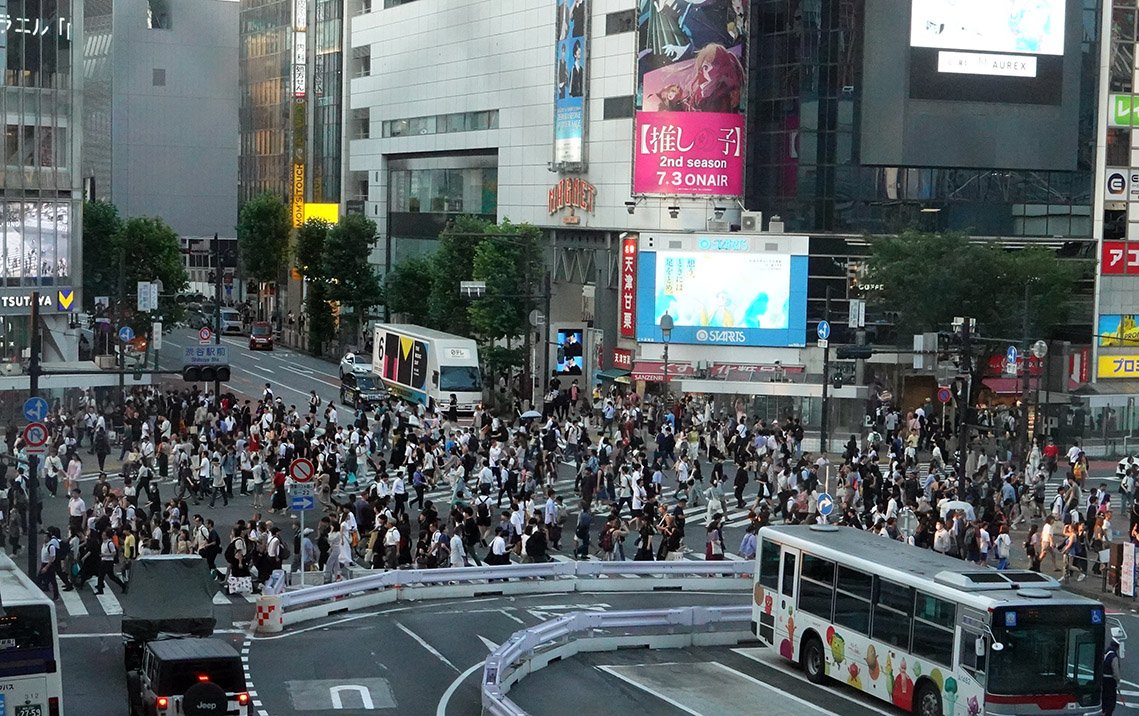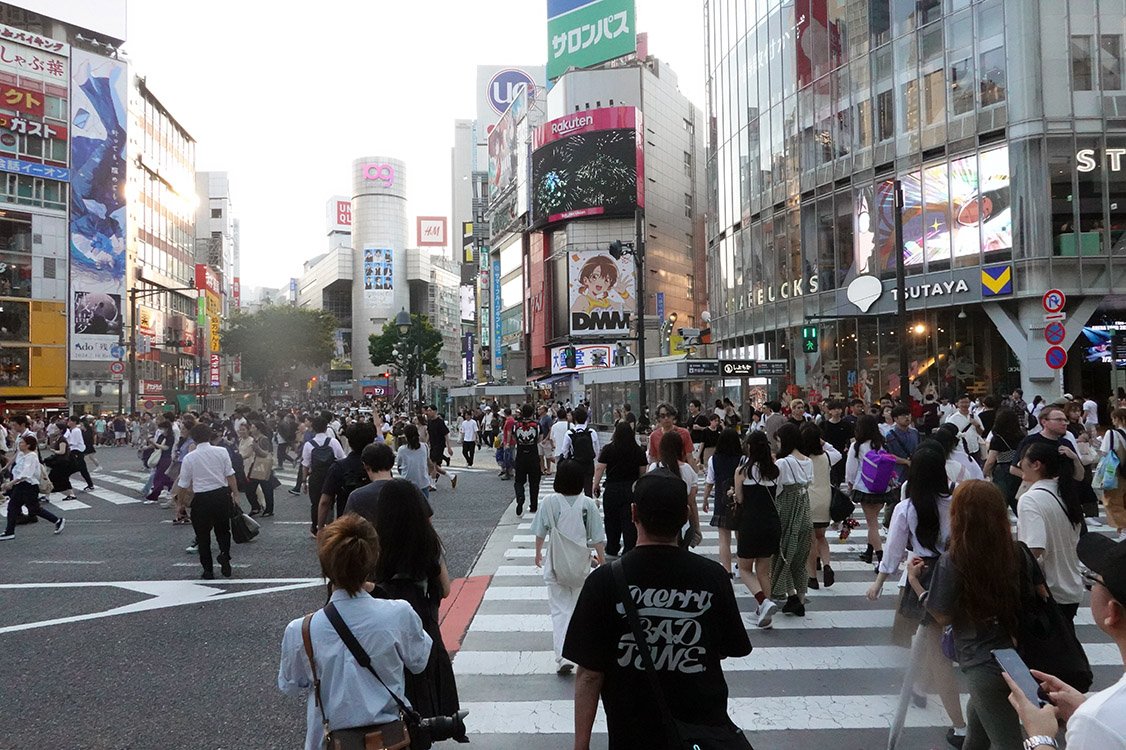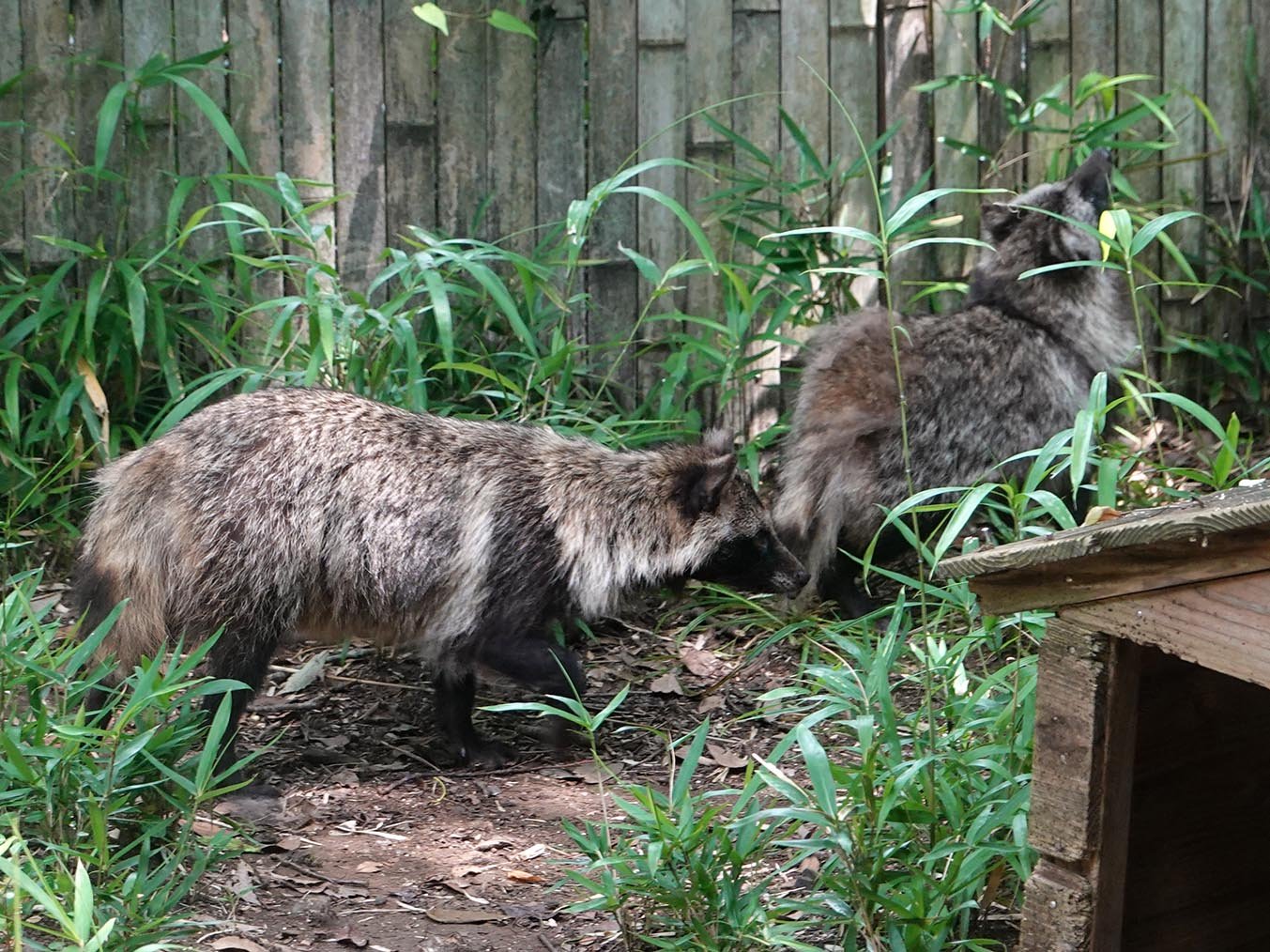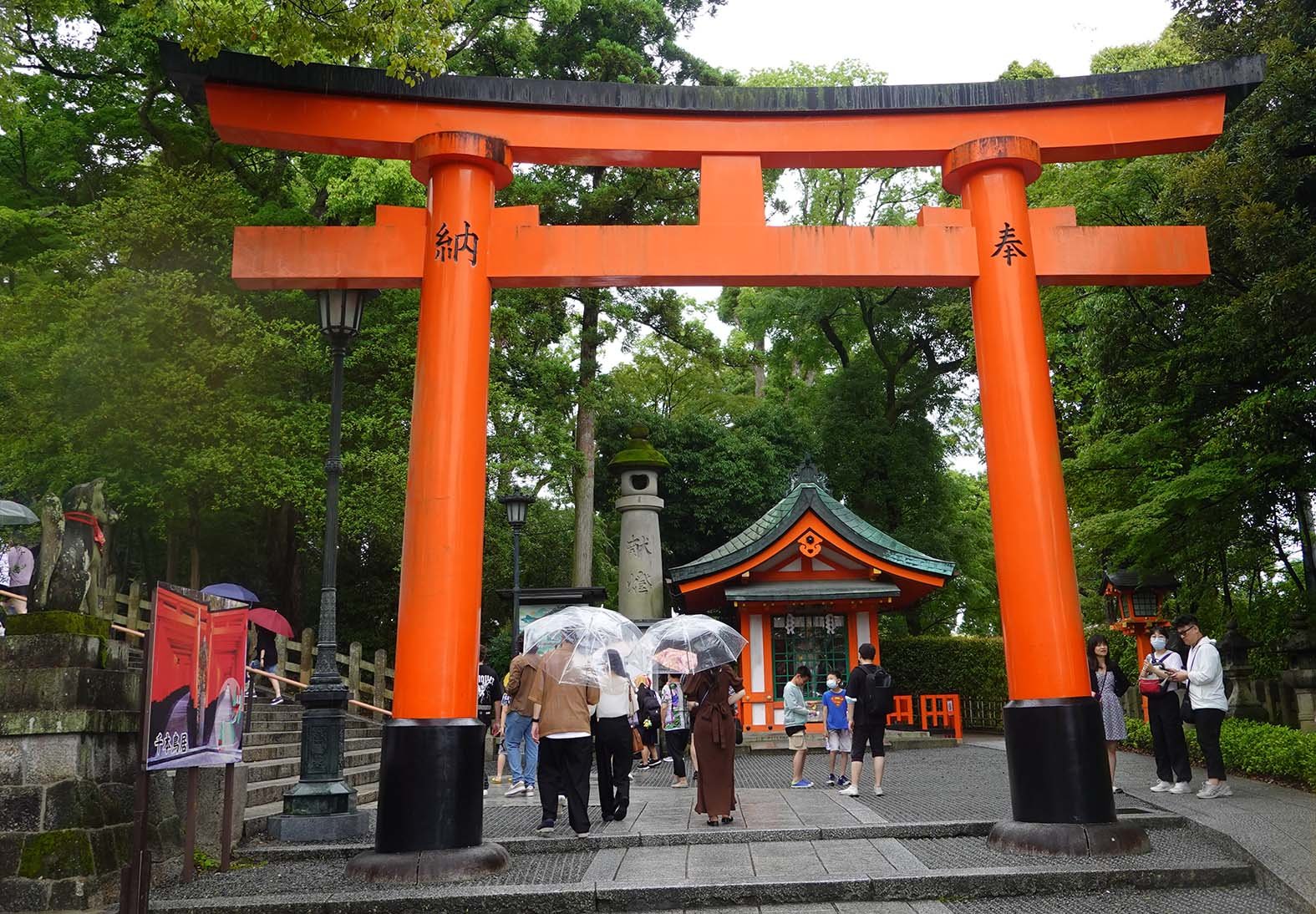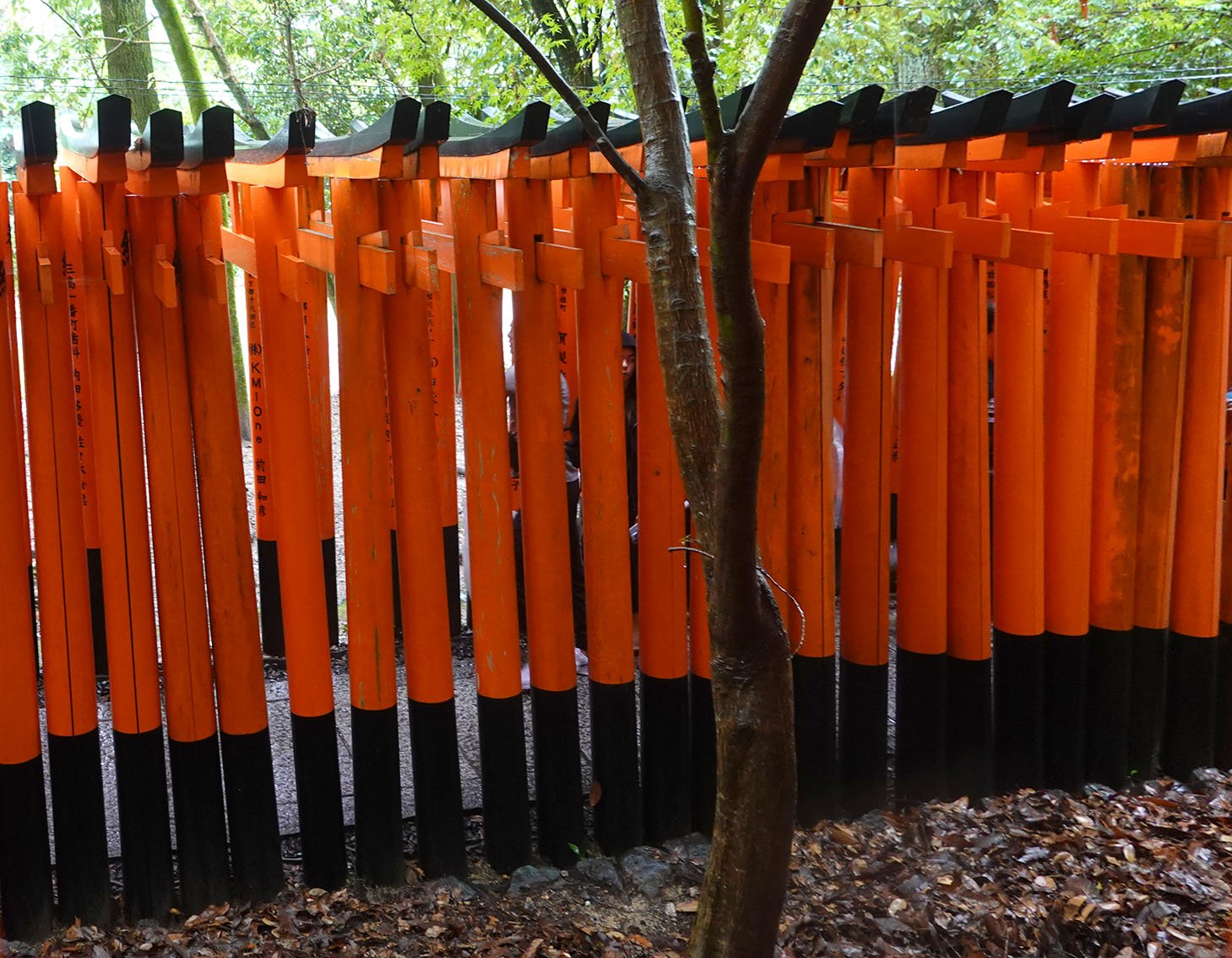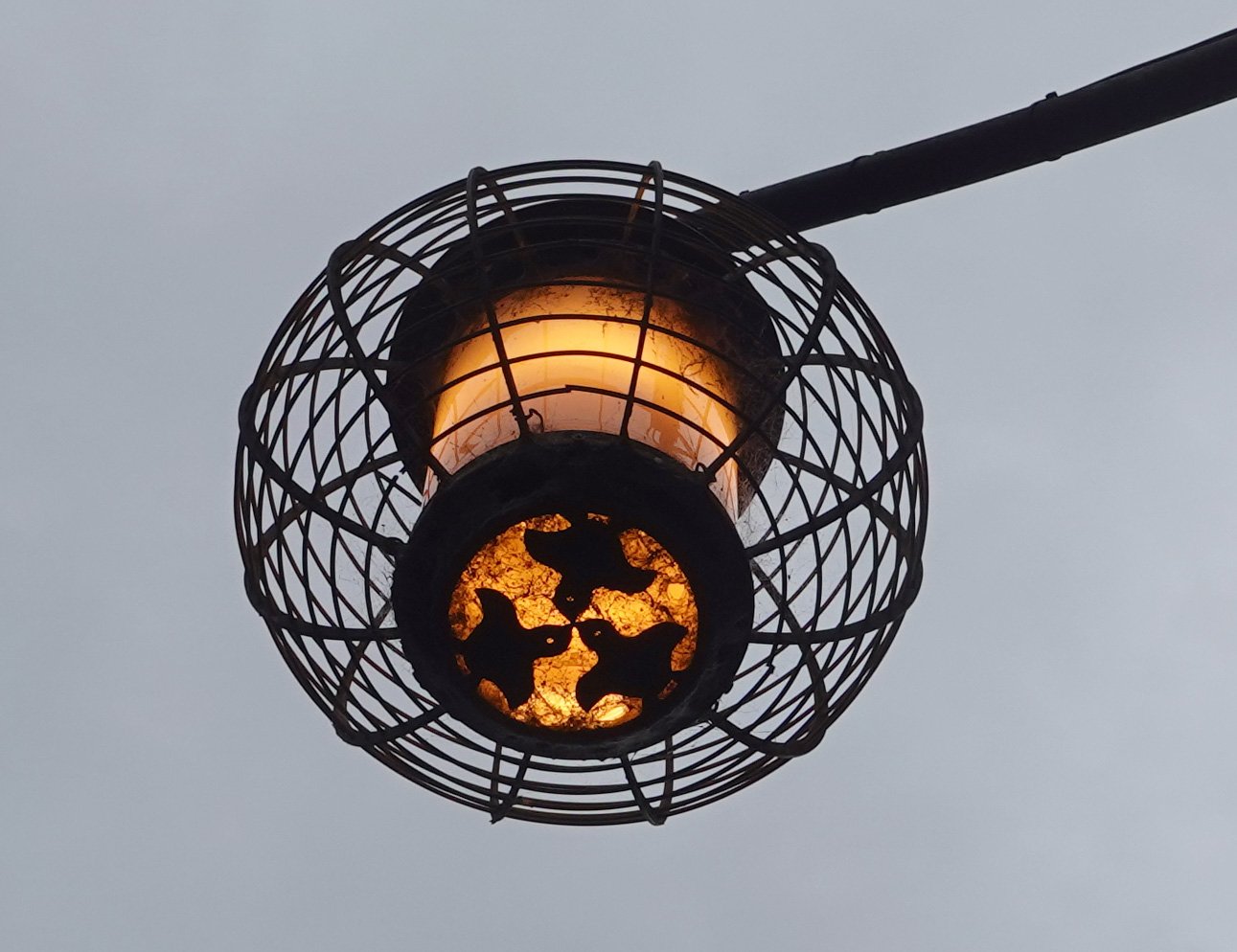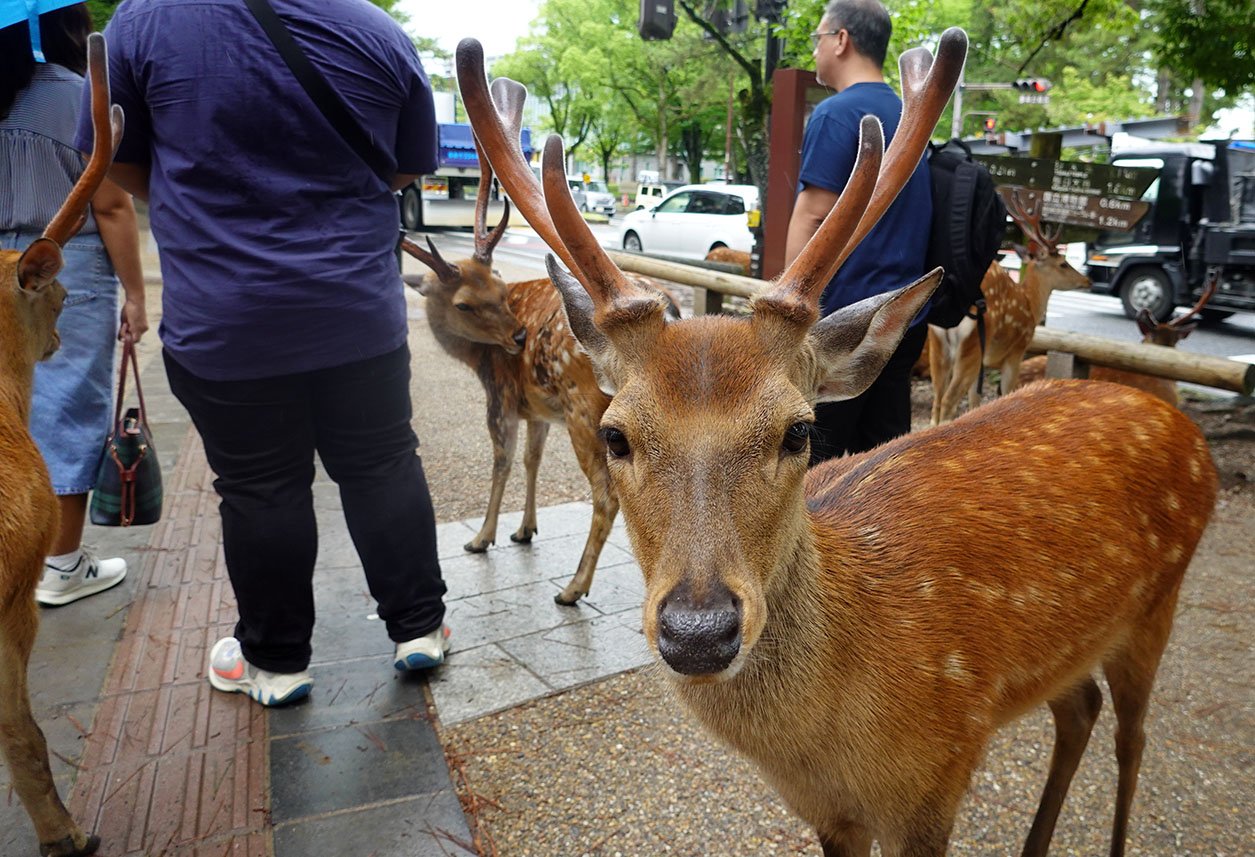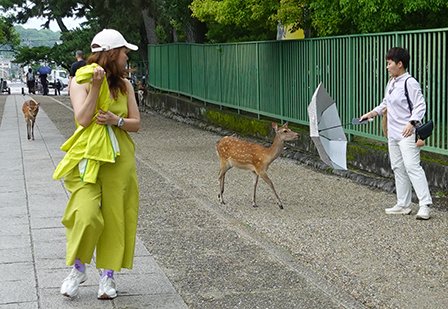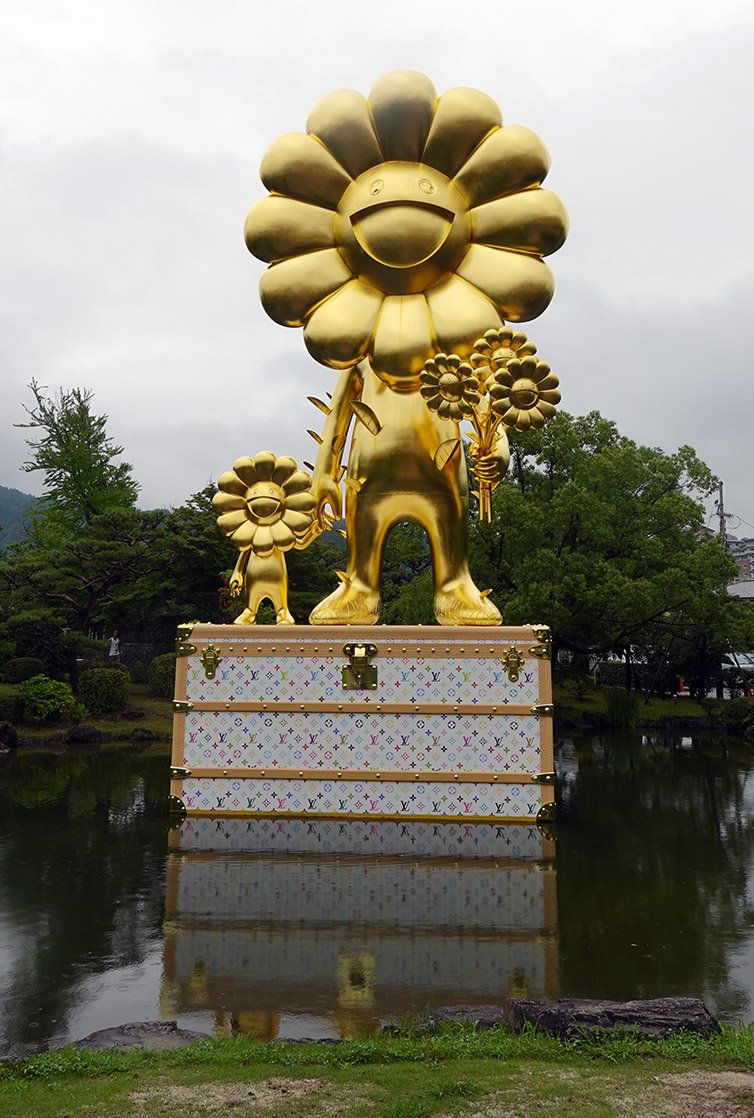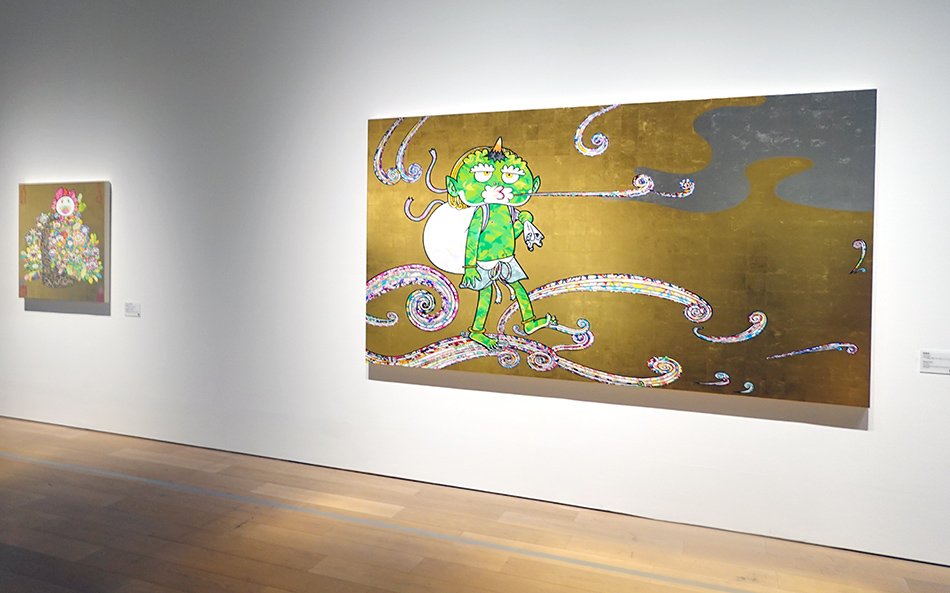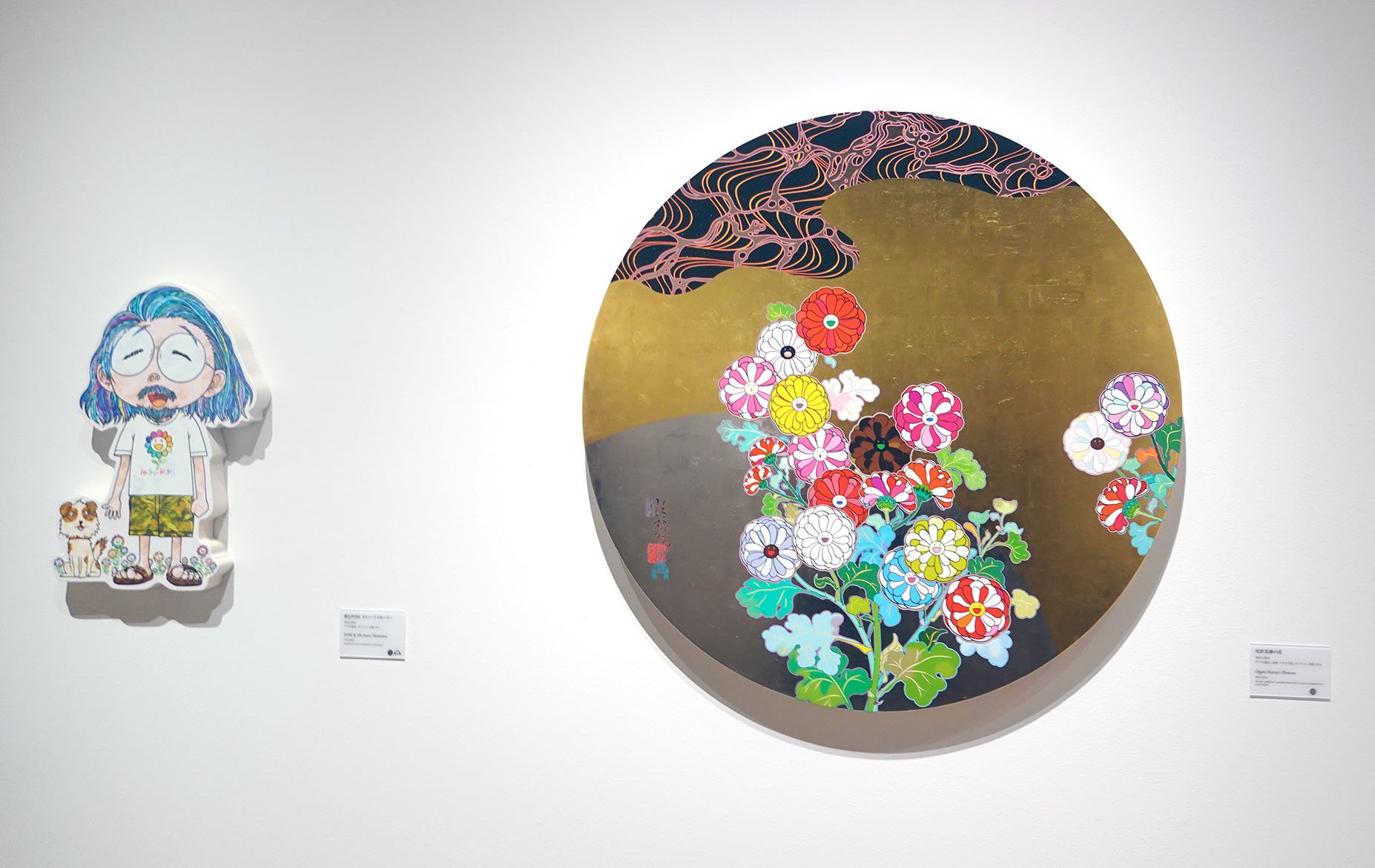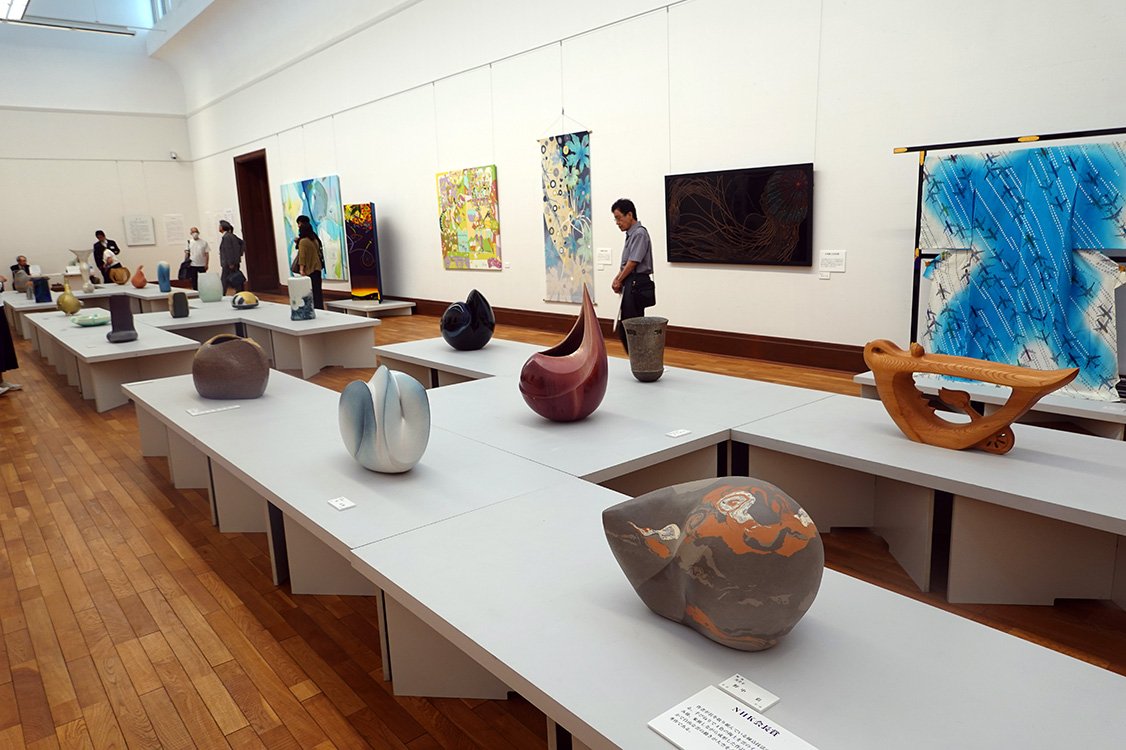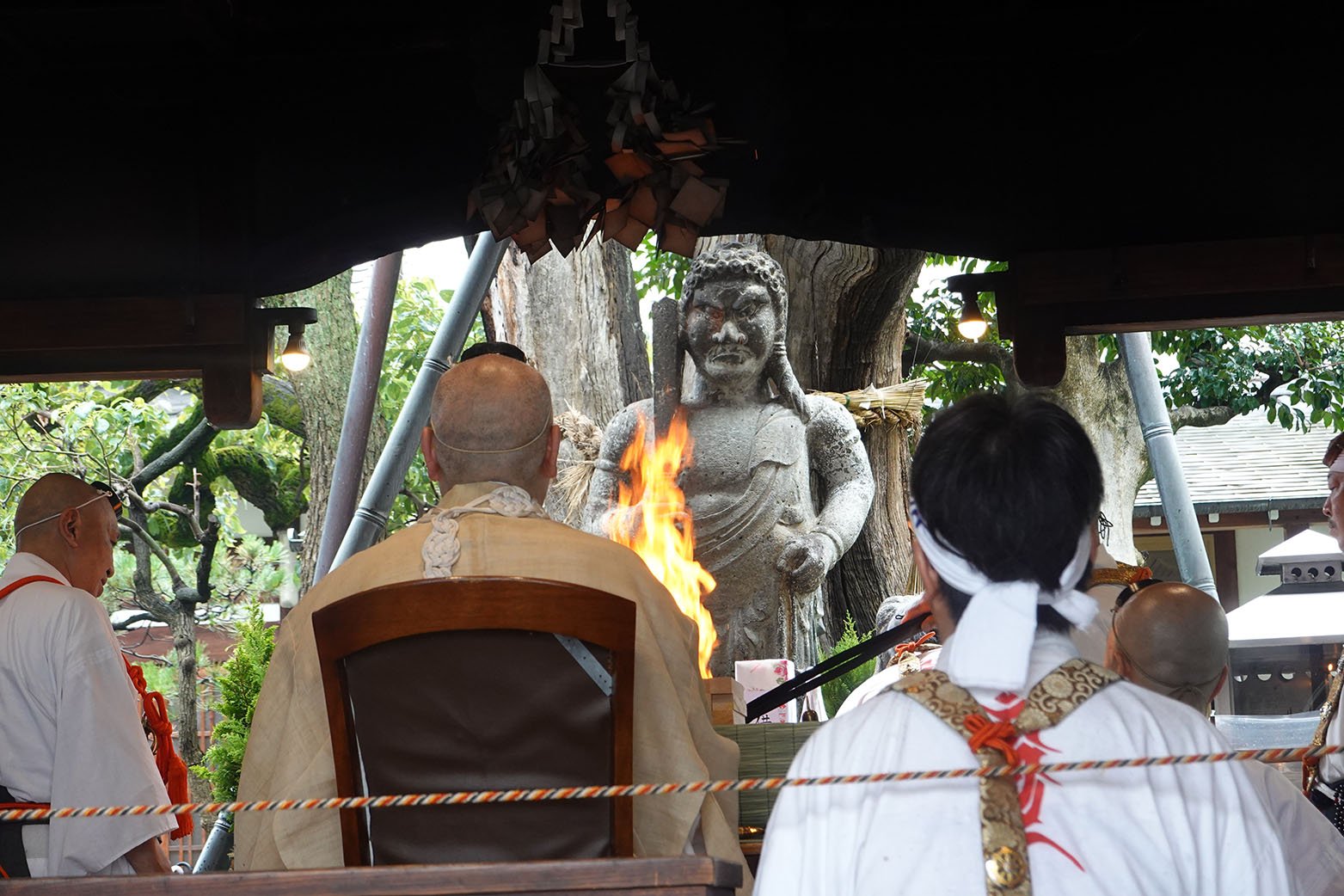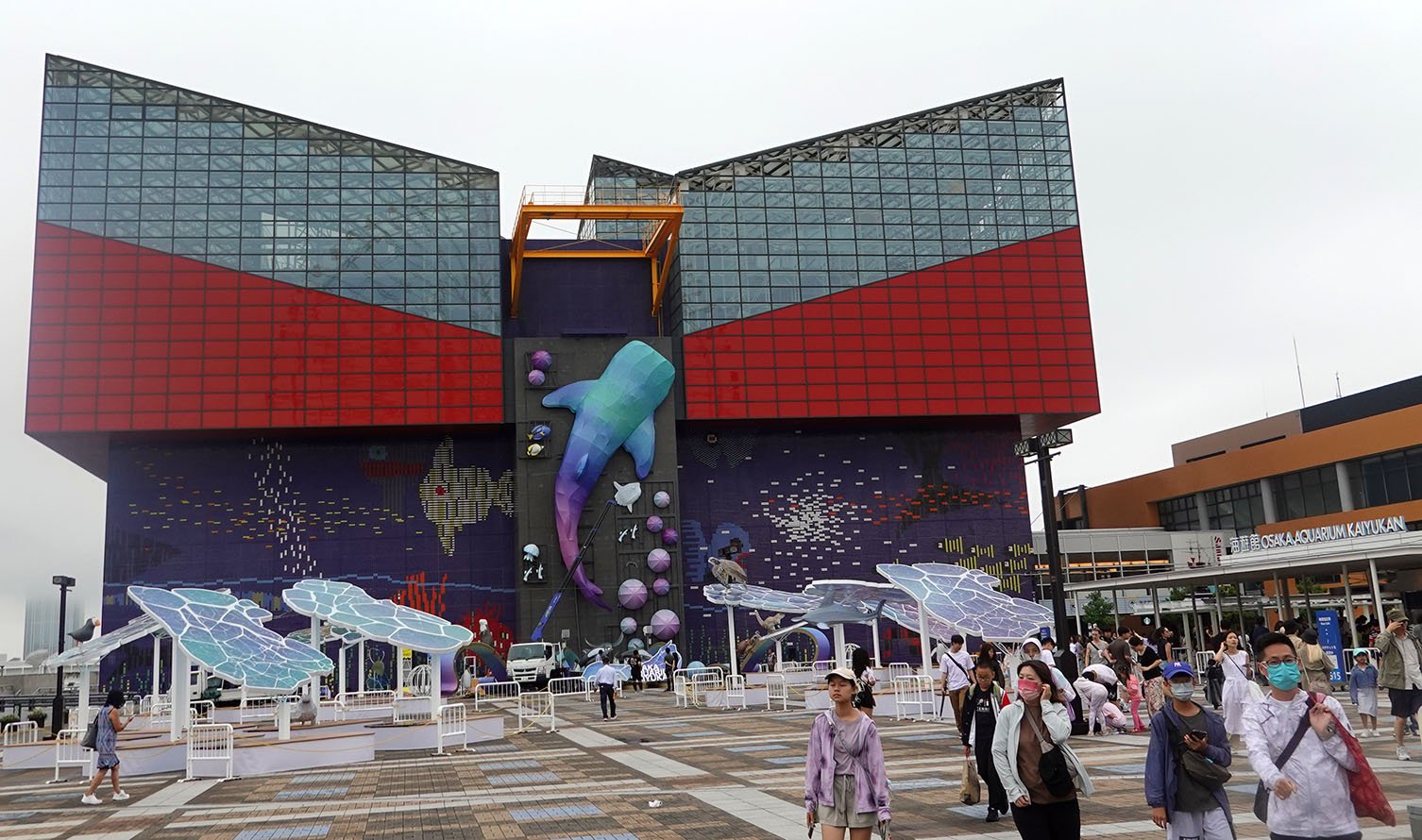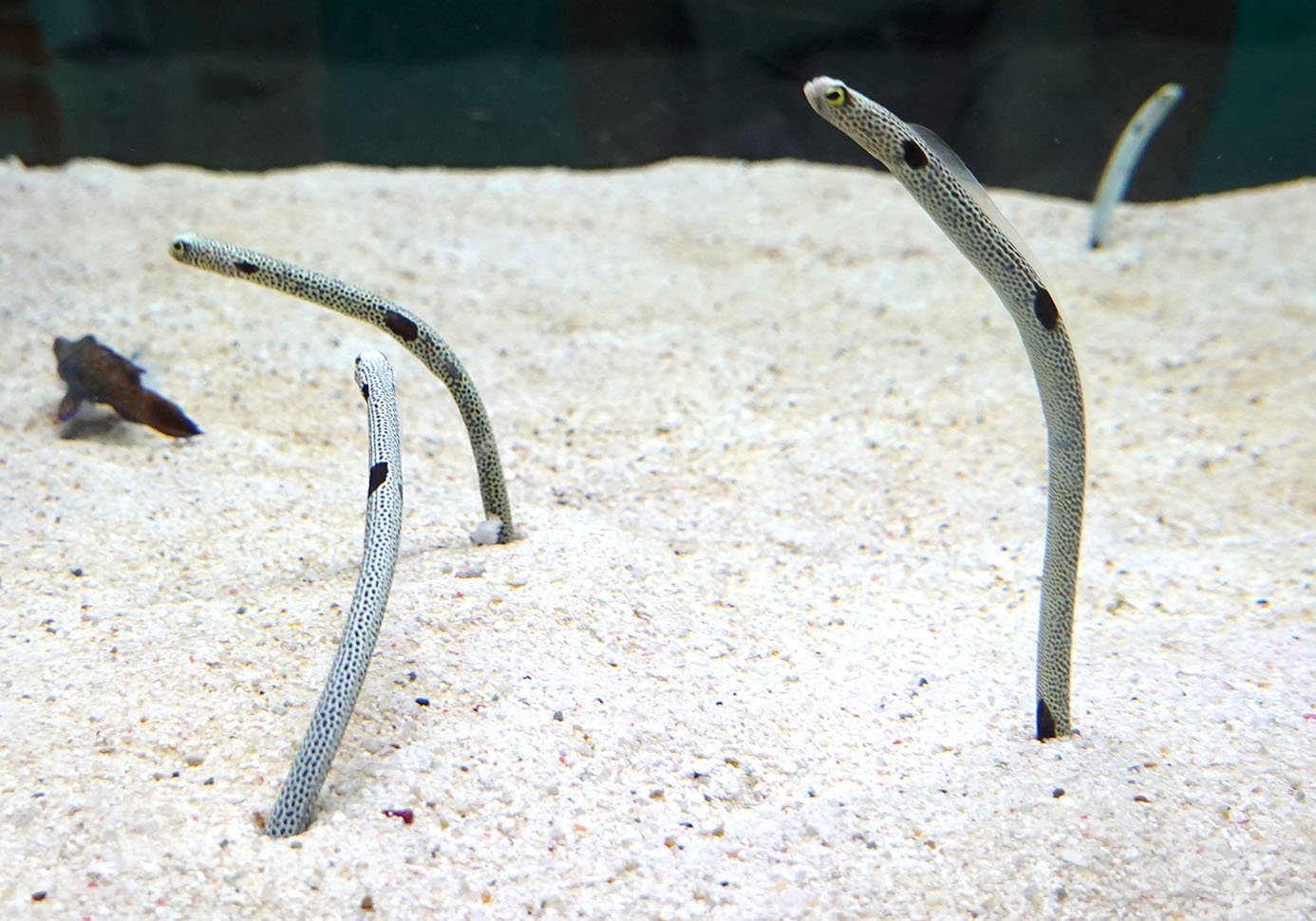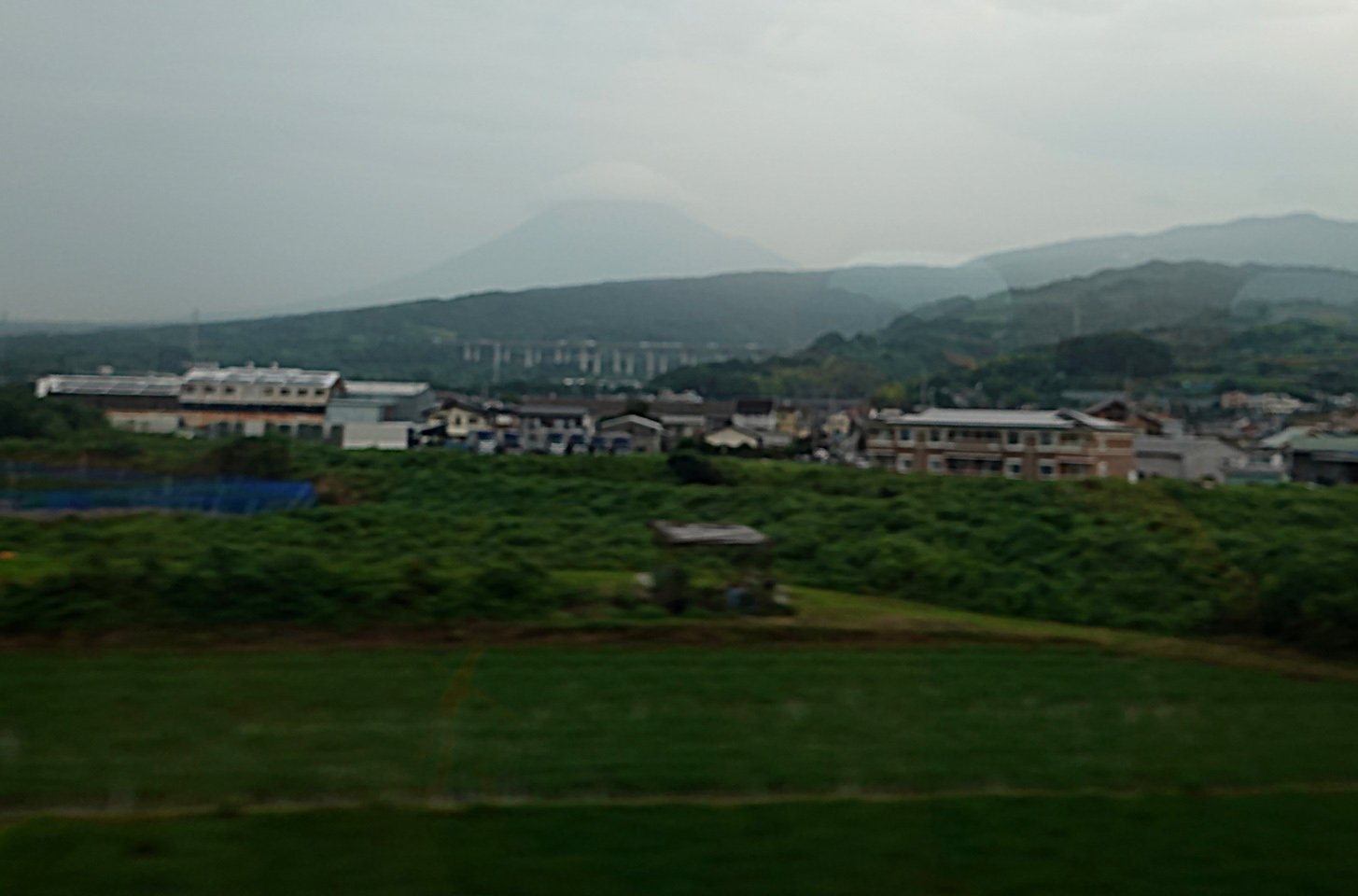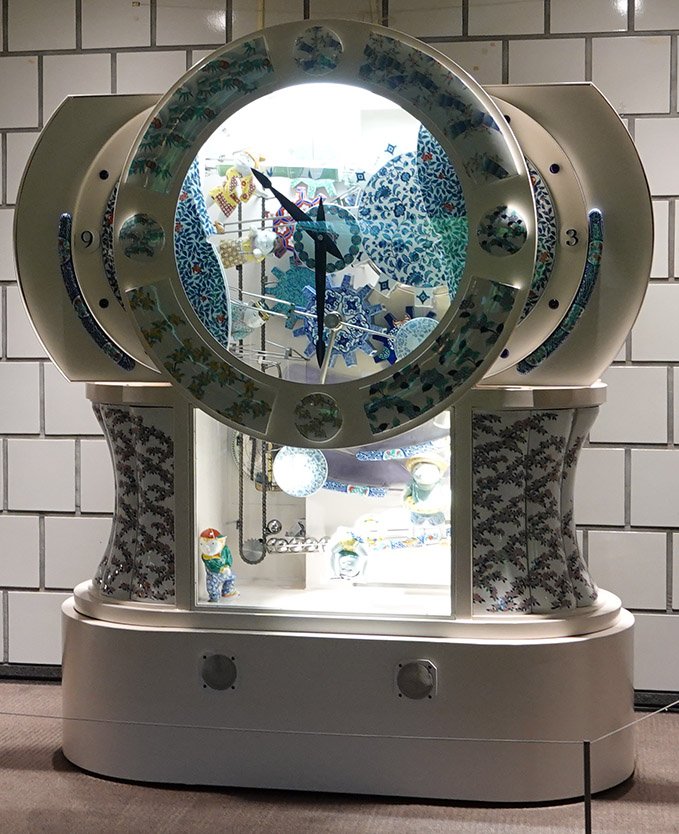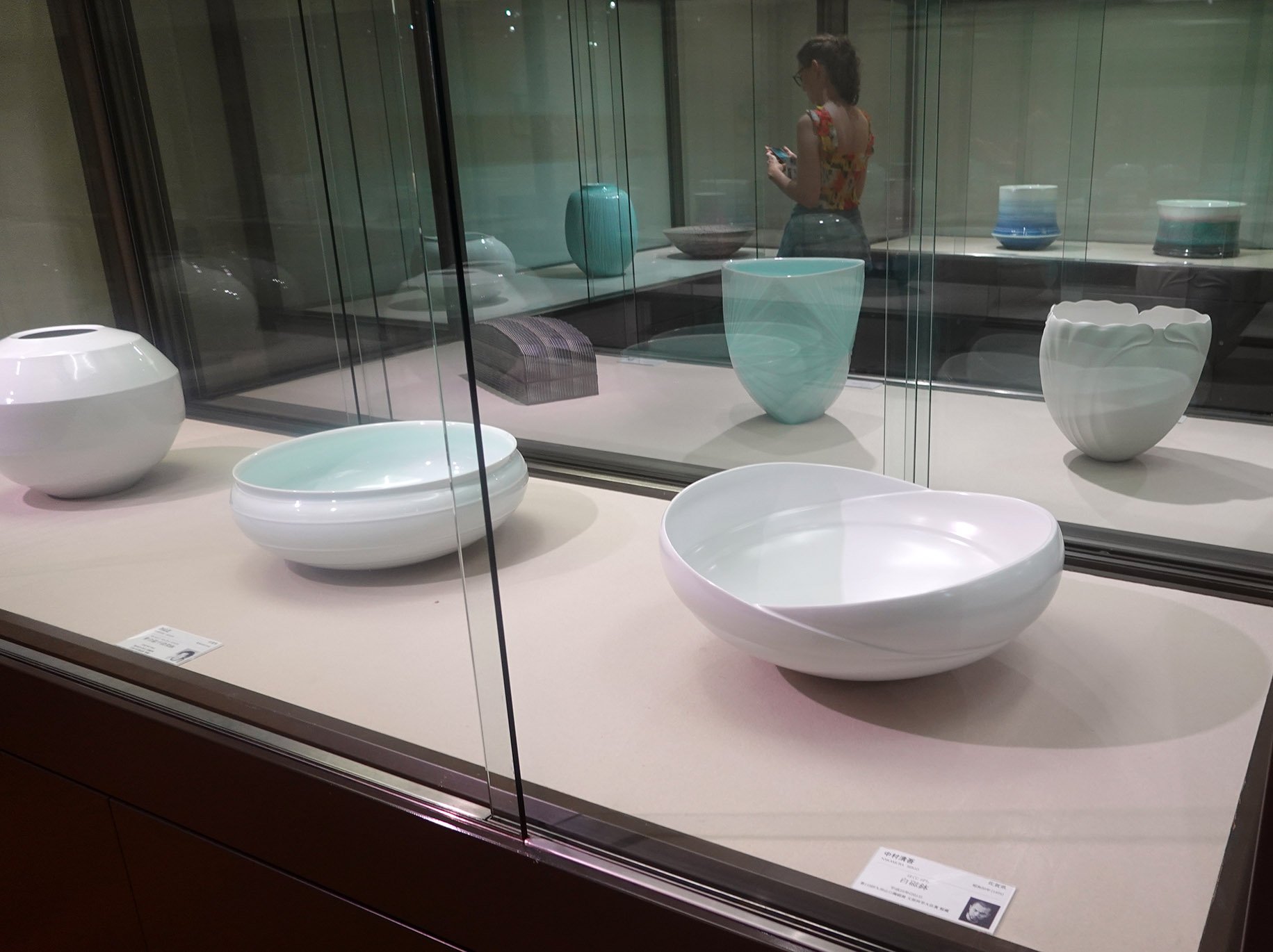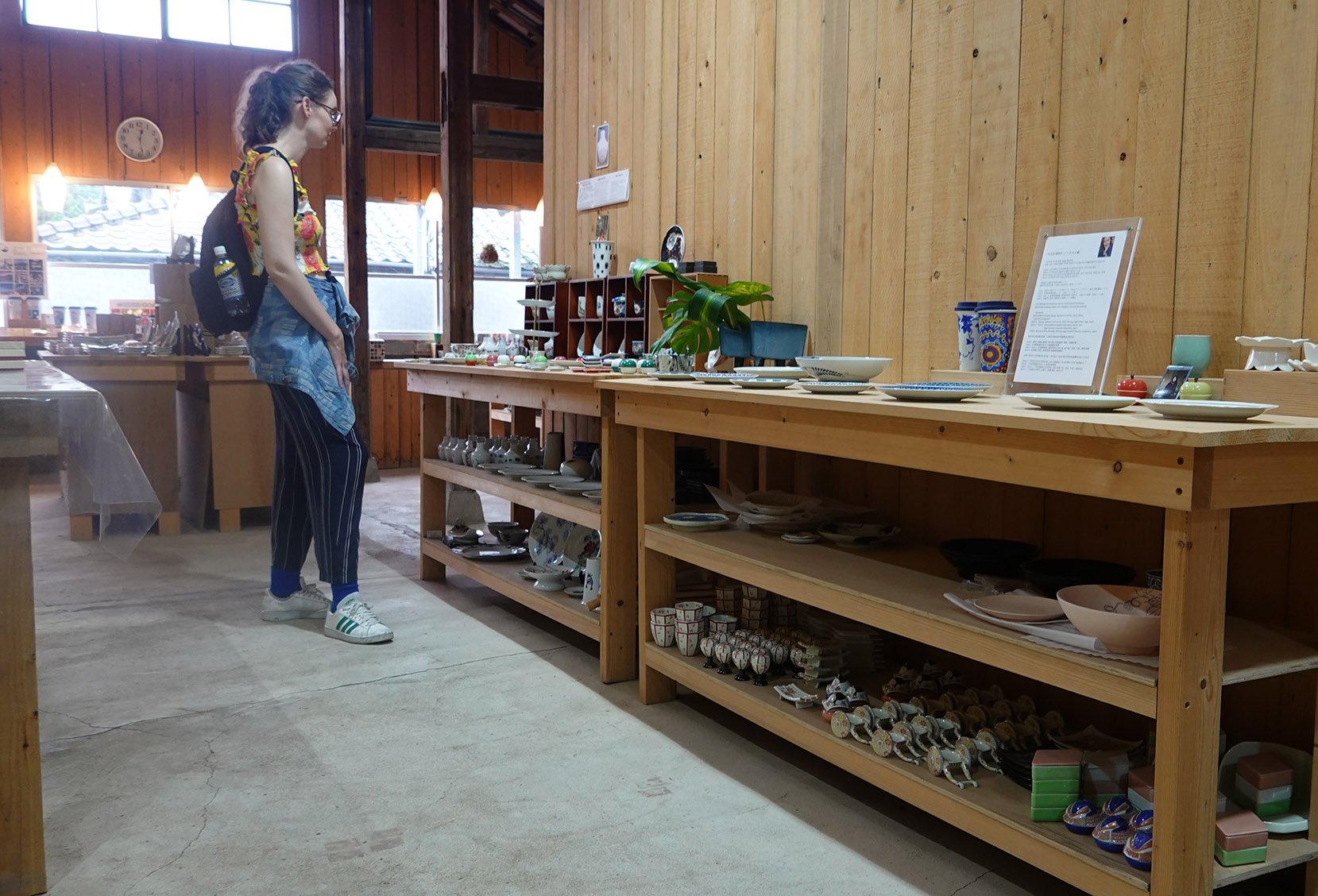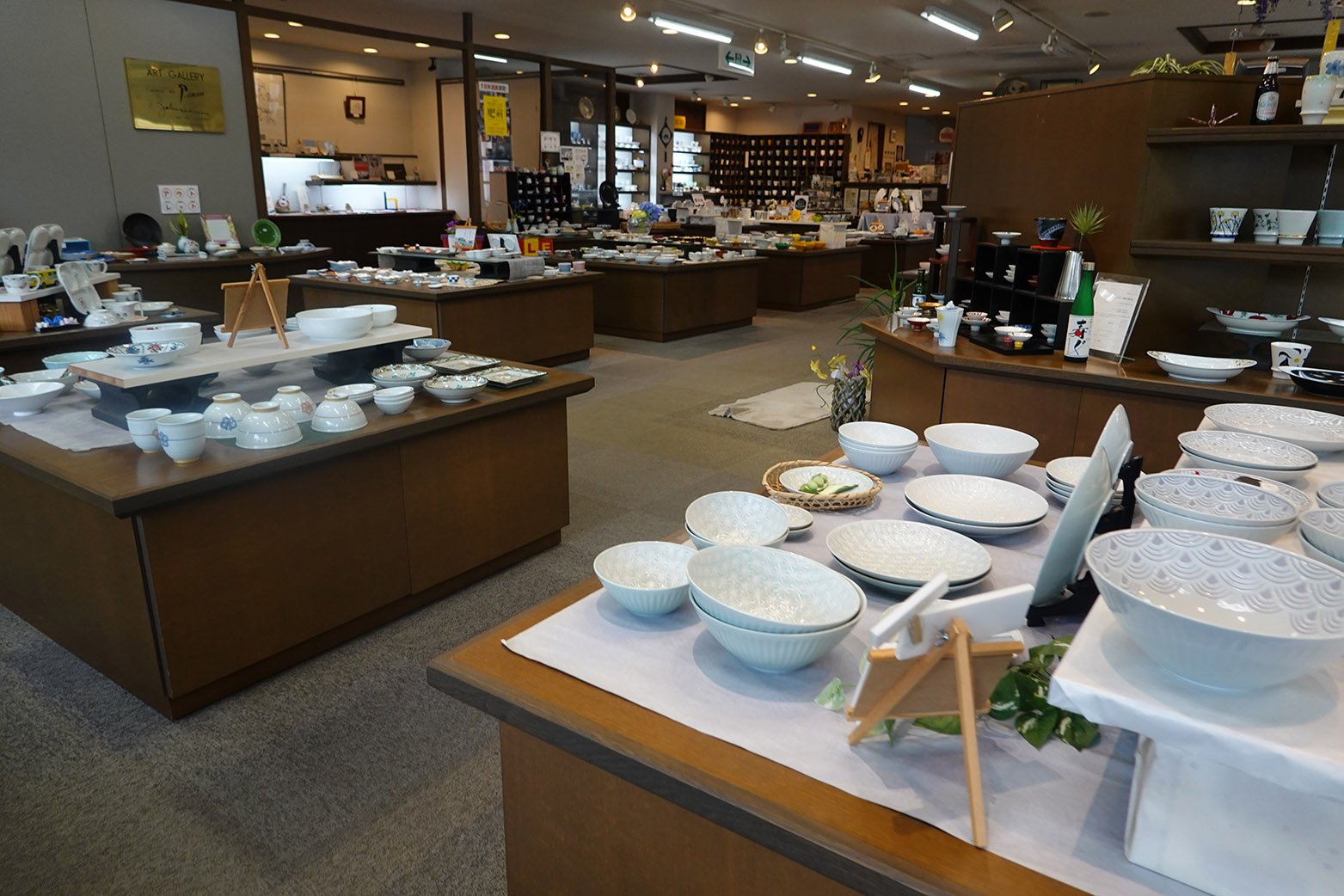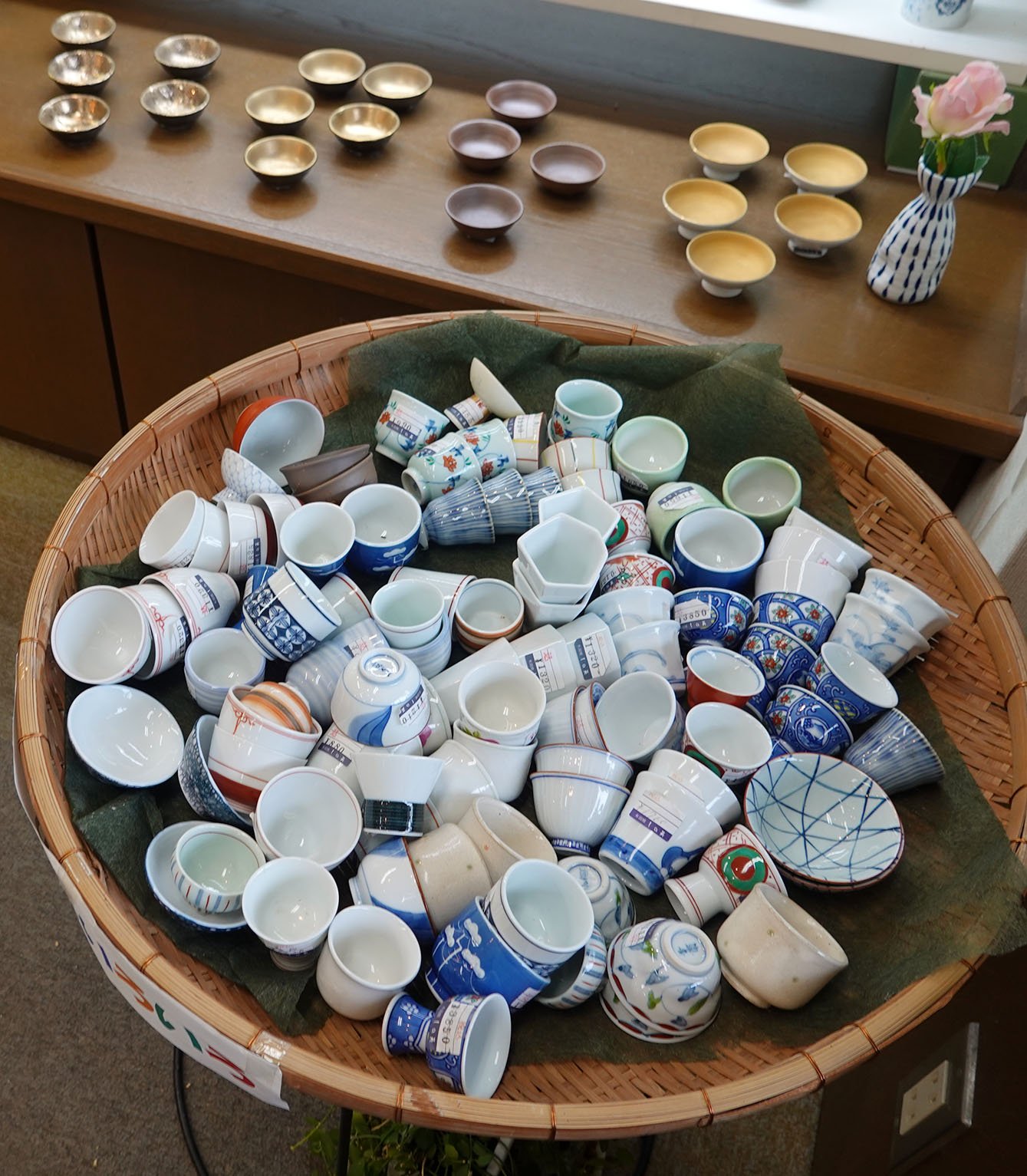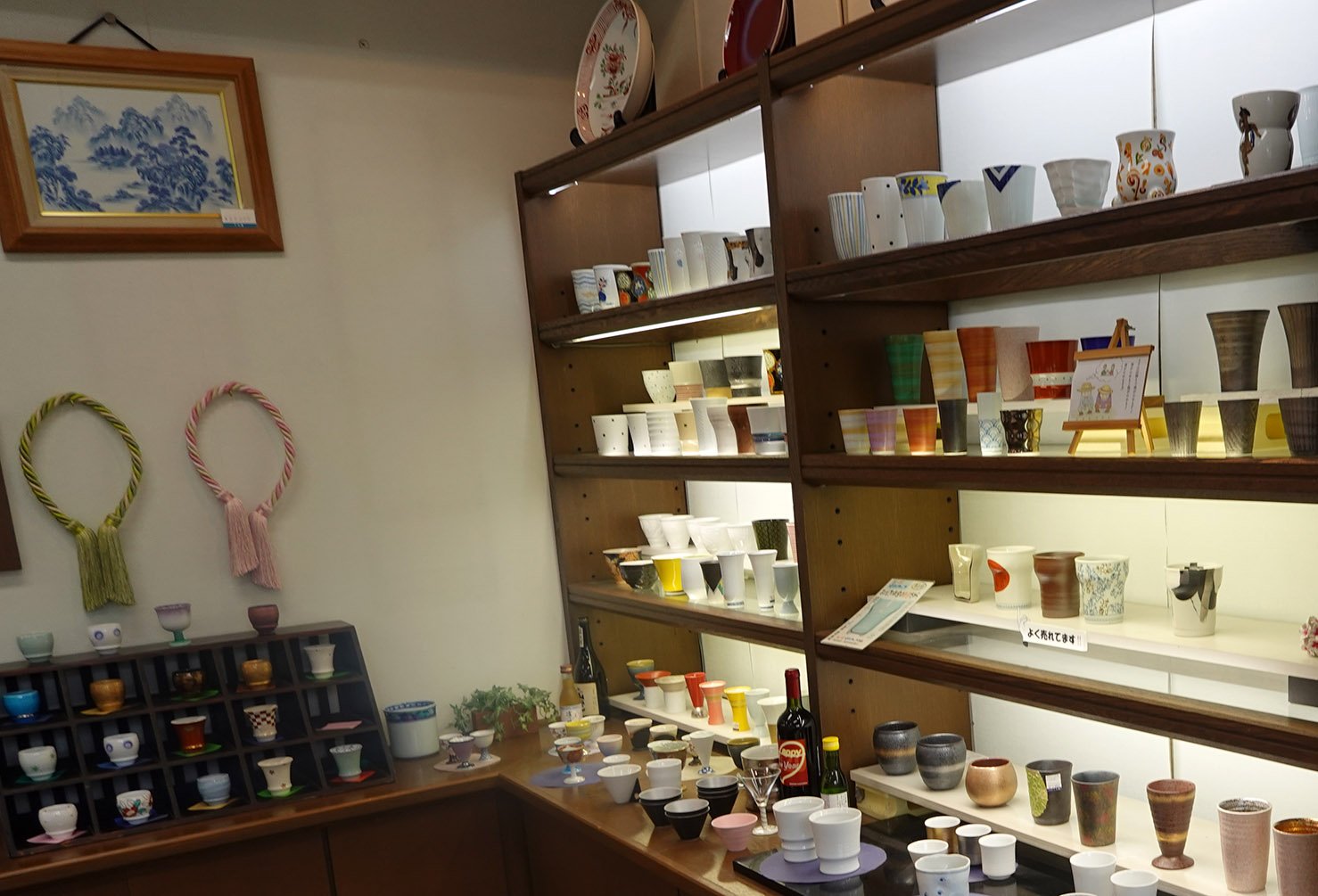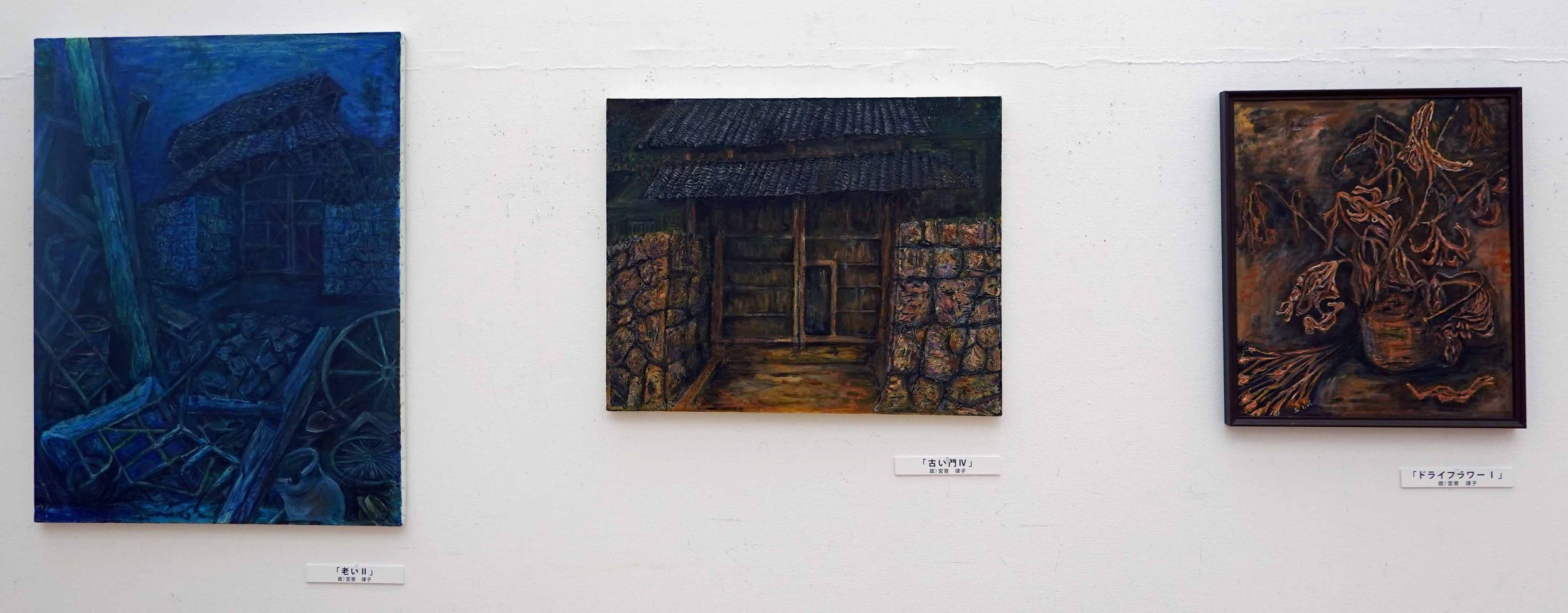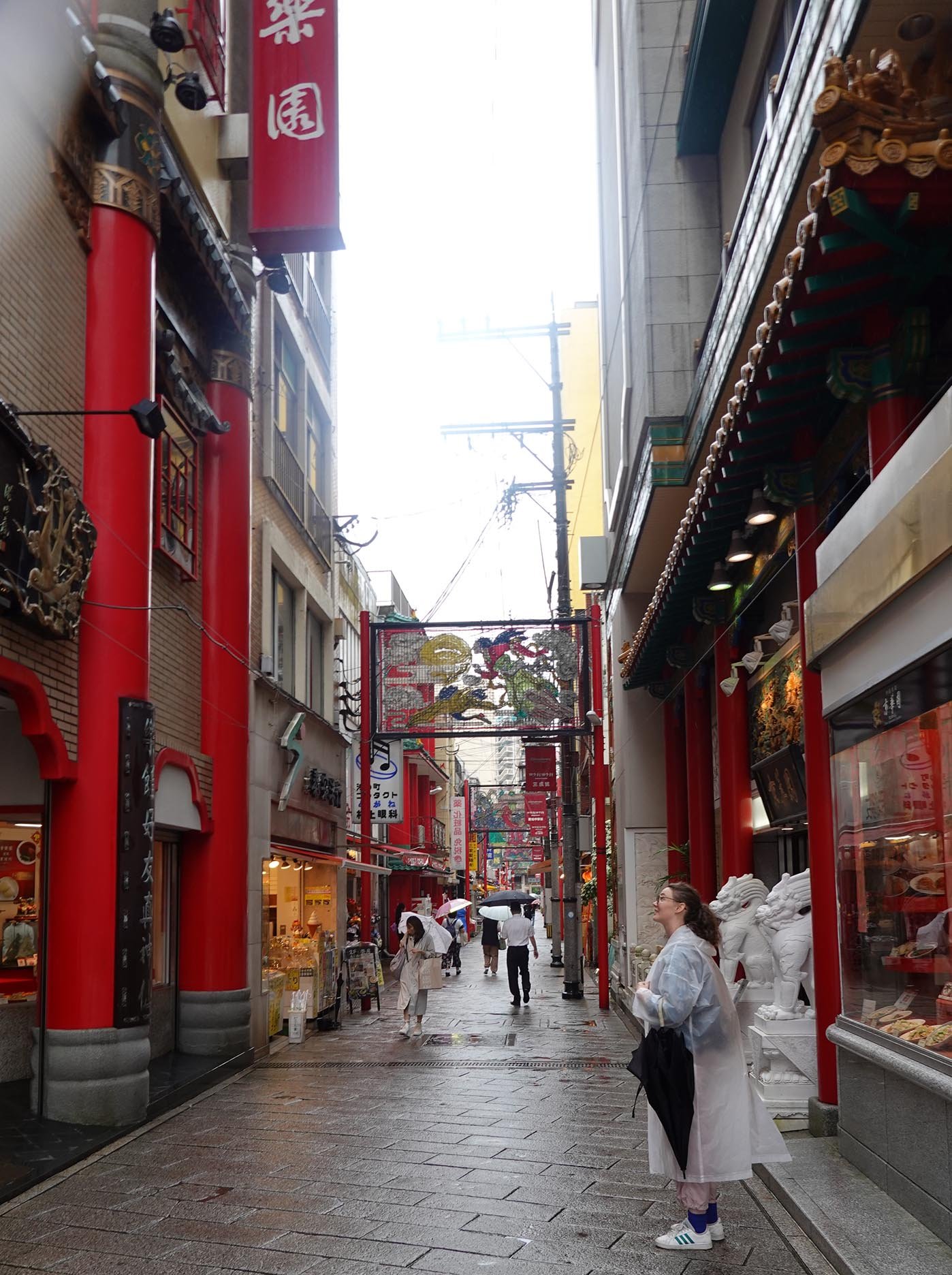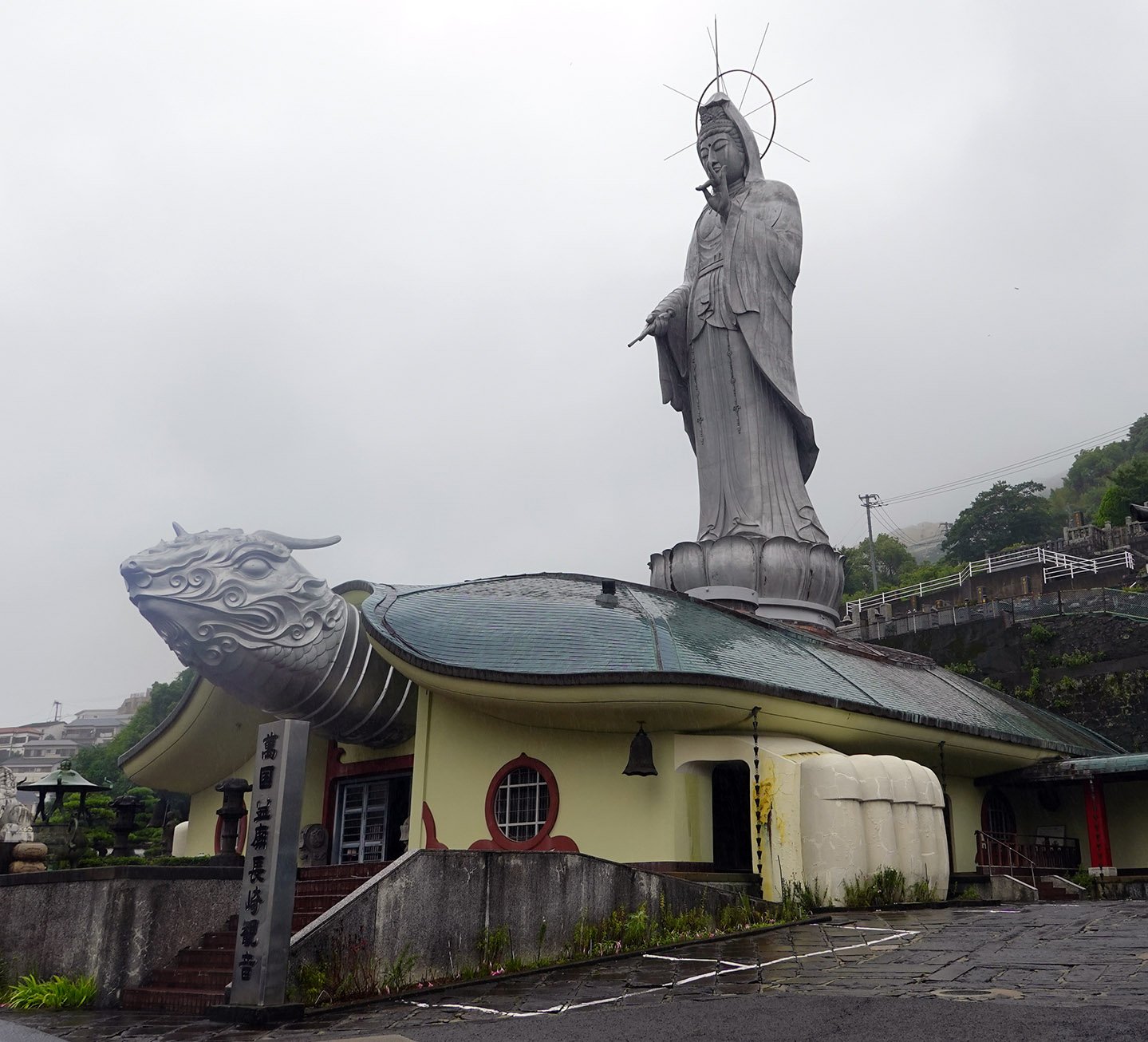After my day trip to Yamanashi City, I spent my last few days in and around Tokyo. It was blazingly hot with heat advisories each day (around 100°F/38°C with 100% humidity), so I tried to mostly stay indoors during 12-4pm if possible. I visited teamLab Planets (an immersive museum experience) one morning, stopped by the Shibuya scramble crossing during the evening, attended another washi paper workshop at Ozu Washi, and tried to return a defective titanium panel to Pigment Tokyo… but they unprofessionally refused to repair or refund it (so now I recommend you stay away from Pigment Tokyo - go to Ozu Washi instead!).
On my last full day, I took a trip to Yokohama’s Zoorasia, one of Japan’s newest and largest zoos, to try one final time to see an adult tanuki (rather than ancient tanuki like Immako and Mirai). I arrived at Zoorasia before it even opened and proceeded towards the tanuki enclosure, but it was already around 95°F and they were snoozing when I got there. After hanging out for about two hours, though, I finally got to see a healthy adult tanuki and took a few nice photos! I also really enjoyed seeing Zoorasia’s proboscis monkey exhibit. I then visited the Museum of Contemporary Art Tokyo in the afternoon.
Before I knew it, my time in Japan had come to a close and I packed up a final time to head back to Sioux City. Due to the day/night cycle and when my flights were scheduled, I was in for approximately 31 hours between when I woke up to when I’d reach my house. I’ve learned I start to hit a wall around hour 22-24; fortunately for me, around hour 24 I had arrived in Chicago, gotten through customs, and had a couple more hours of layover before departure. I found a flat bench and took a 30min nap followed by just resting for another 15min or so, which was such a help.
Once I did get back home and unpacked, only one porcelain souvenir (a soup bowl) broke in my luggage, which was an acceptable loss given how much porcelain I brought back! Weeks later, my residency friend Emily mailed me a very snazzy canvas tote bag silkscreened with her residency logo design.
Overall, this was a really fabulous residency and first visit to Japan. I plan to continue to make artwork inspired by these travels, so stay tuned!
































